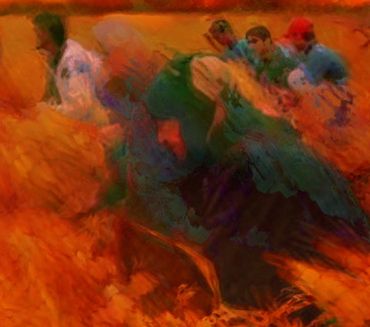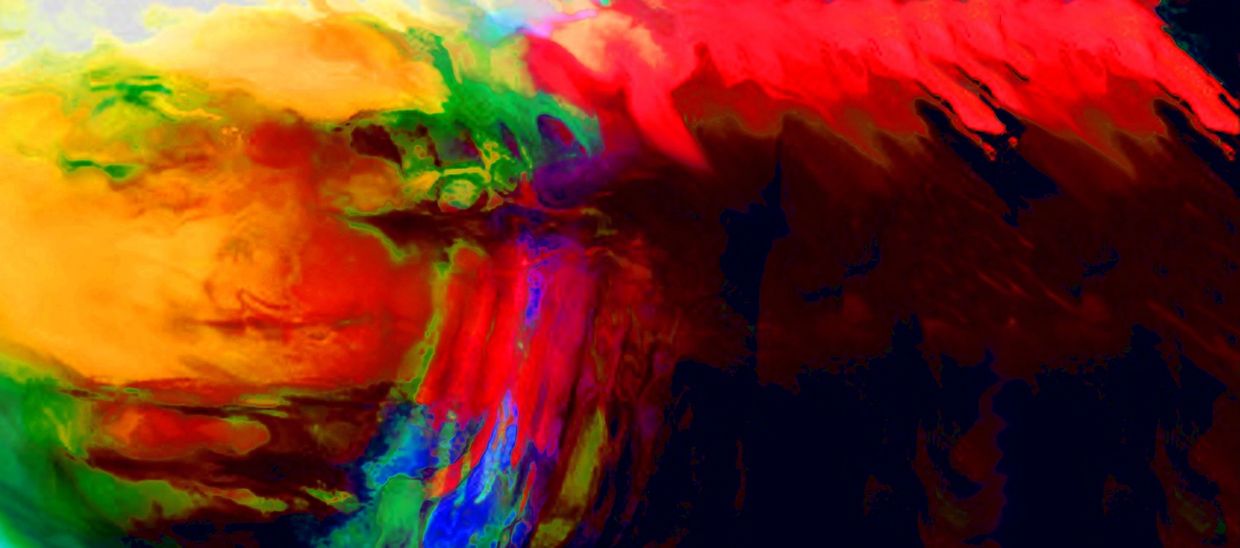Beyond the Fire - Bread as a weapon of war.
This project focuses on the war in Syria and the use of bread, starvation and siege tactics as weapons of war. The UN claimed this method of control is a form of State aggression that also uses indiscriminate targeting of aerial and cluster bombs, random missile strikes, sniper fire and chemical weapons. As chilling, is the accusation made by Human Rights Watch, that the Syrian military specifically targeted and attacked bakeries and the breadlines that form outside them, using barrel bombs.
Bread as a weapon of war
In most parts of the Arab world bread plays a central role in the lives of its people. Bread has been used by the Arab people as a political symbol, and by their governments as a political weapon of repression. Although many Arab governments have subsidised wheat, at times it has been withheld to punish, or defeat dissent. When food subsidies were withdrawn, political tolerance went down accordingly and bread riots broke out.












